Affiliate links on Android Authority may earn us a commission. Learn more.
Casio Pro Trek WSD-F30 review: Tracking all your adventures, for a high price
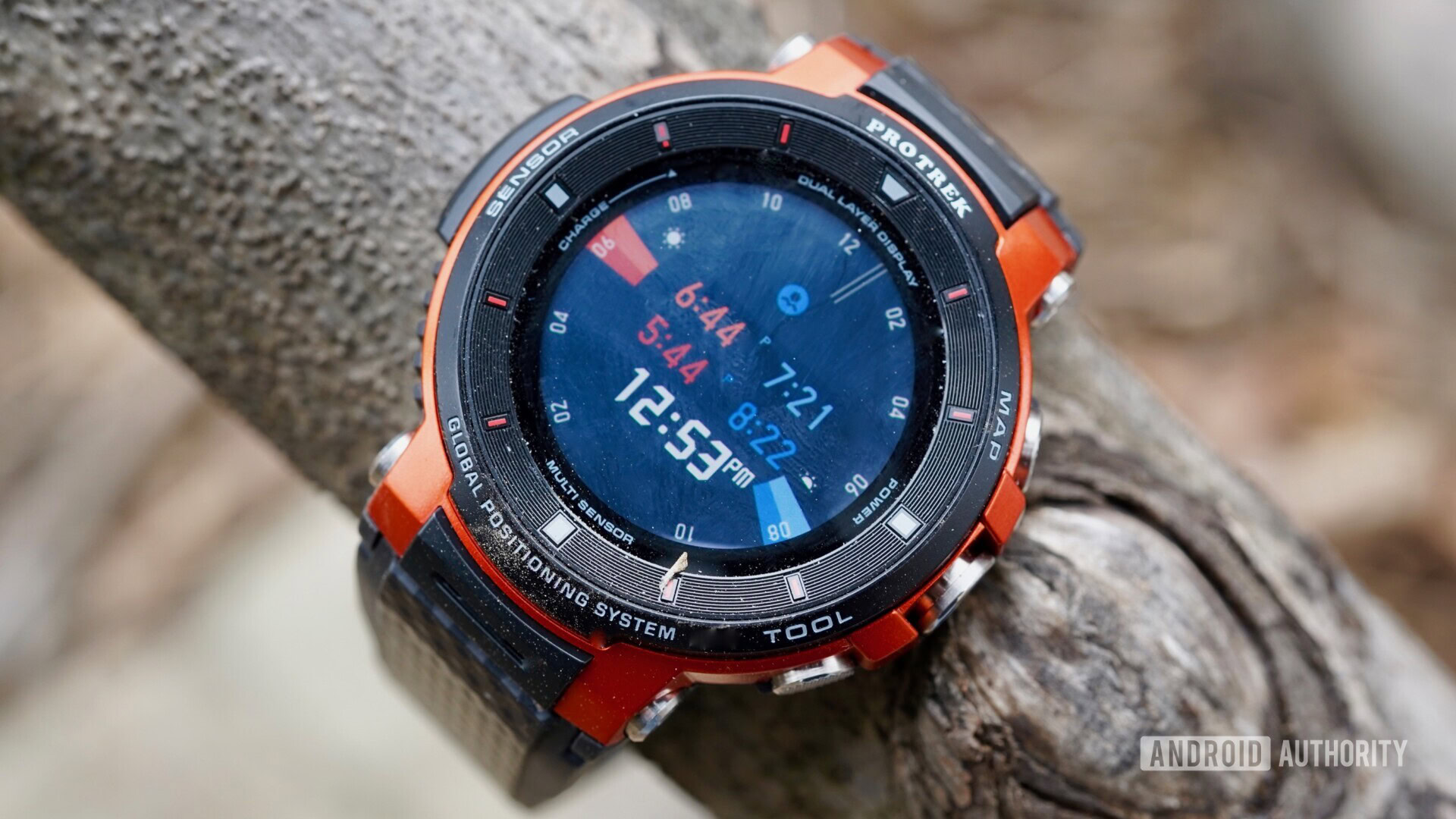
Casio’s latest take on the smartwatch is here to cover your adventures near and far. Whether taking a stroll around the local park or hiking through rugged mountains, the Casio Pro Trek WSD-F30 keeps you on the map. The Wear OS platform provides a powerful foundation for Casio’s capable trekking software. If you’re the type to abandon society for a weekend to enjoy the great outdoors, the F30 might be for you.
Here is Android Authority‘s Casio Pro Trek WSD-F30 review.
Casio Pro Trek WSD-F30 review: The big picture
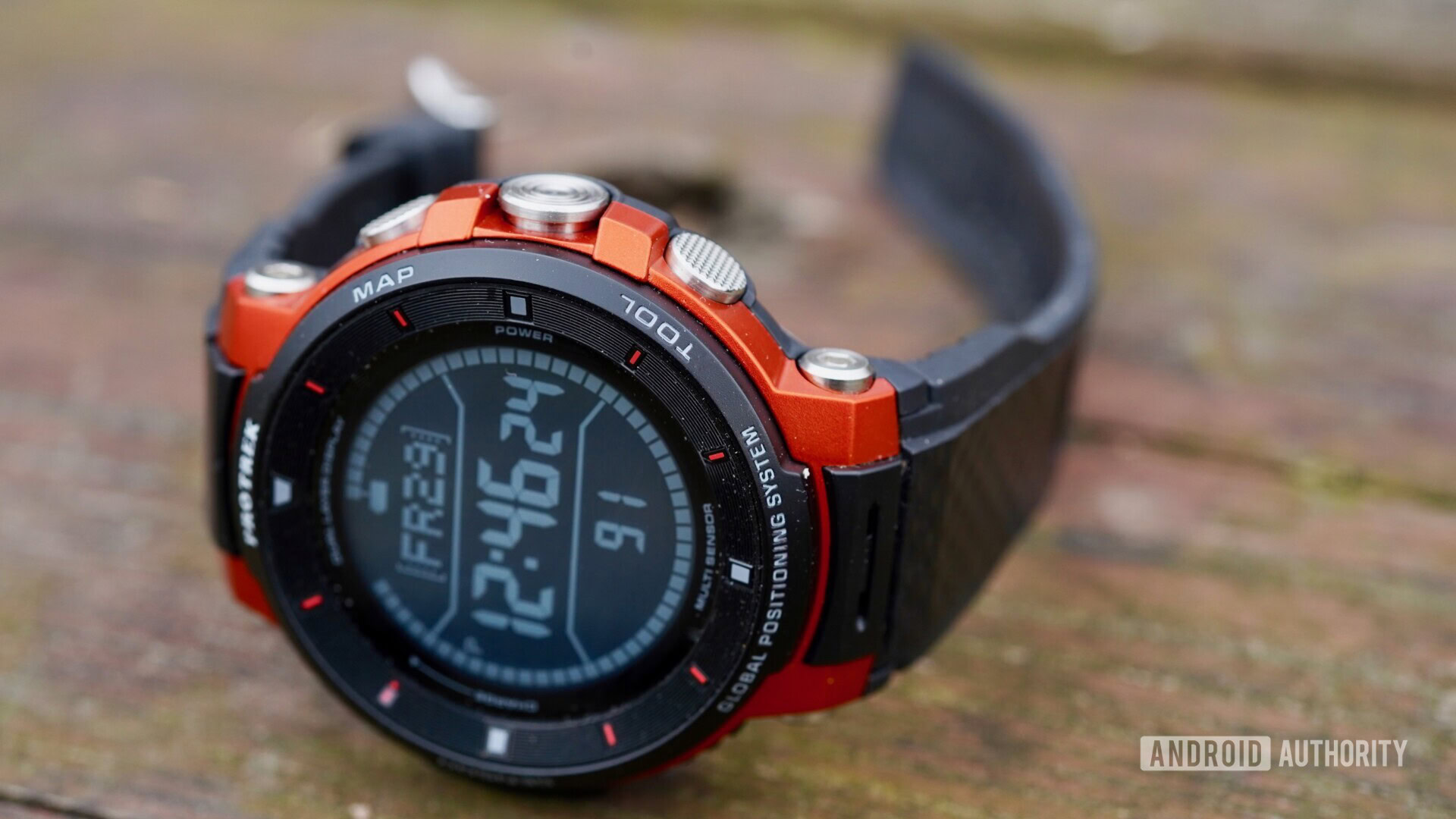
Casio makes all sorts of watches, but it is mostly well known for its sports and rugged timepieces. Casio has long targeted fitness-minded folks over the years. The Pro Trek series takes the rugged design of Casio’s G-Shock series and adds Wear OS for some extra smarts.
The Pro Trek WSD-F30 is a hardened smartwatch that’s more for outdoor adventurers than fitness hounds. It lacks a heart rate monitor, which may be a deal breaker for some. Despite this omission, the F30 covers a lot of ground thanks to the associated app for tracking all your outdoor activities. If you’re looking for a device to record the metrics of your mountainous escapades, the F30 is one to do it.
The watch is expensive, however, and competing rugged watches offer many of the same features for hundreds less. Is the F30 worth its lofty price tag?
Design
- Resin housing
- Stainless steel bottom
- Urethane strap
- 60.5 by 53.8 by 14.9mm
The WSD-F30 looks exactly like an outdoor trekking watch should look. That it to say, it is big and bulky. At more than half an inch thick, it knows its role is to stand out on your wrist. It comes in black, blue, and orange with exposed metal parts to give it that tough appearance. It holds nothing back.
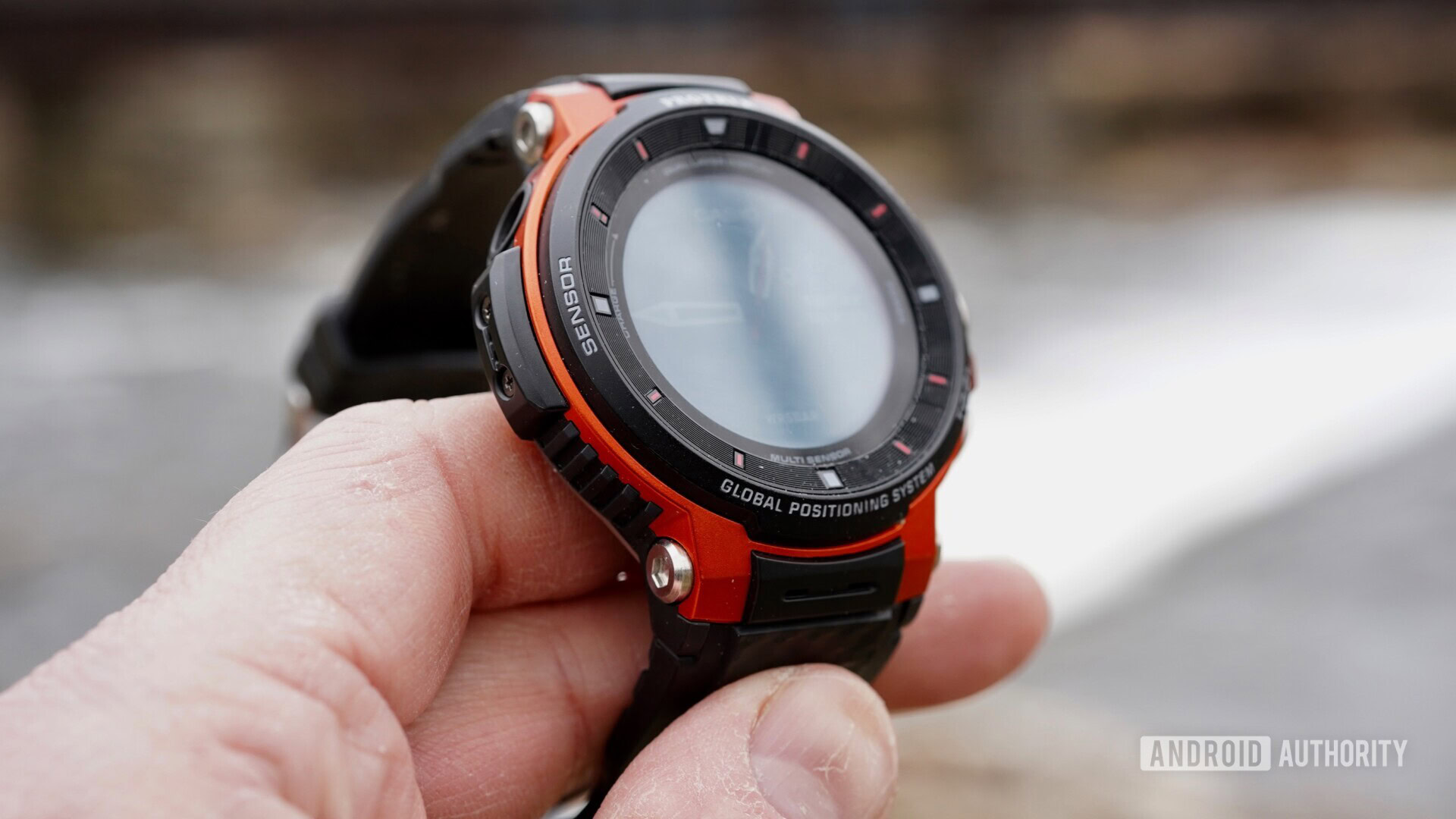
Much of the housing is plastic. The bezel and main chassis are made from a resin material. Only the bottom of the watch is covered in stainless steel. This isn’t to say it’s chintzy. The watch meets MIL-STD-810G for durability. That means it can handle extreme cold, big jumps in elevation, fog/moisture, and of course lots of physical abuse as you scramble over rocks or blaze down some killer single track on your mountain bike. It holds up. I left it out in the rain overnight and it came in the next morning none the worse for wear. Speaking of water, it is resistant to 5 atmospheres, so feel free to take it for a swim, paddle, or even some shallow dives.
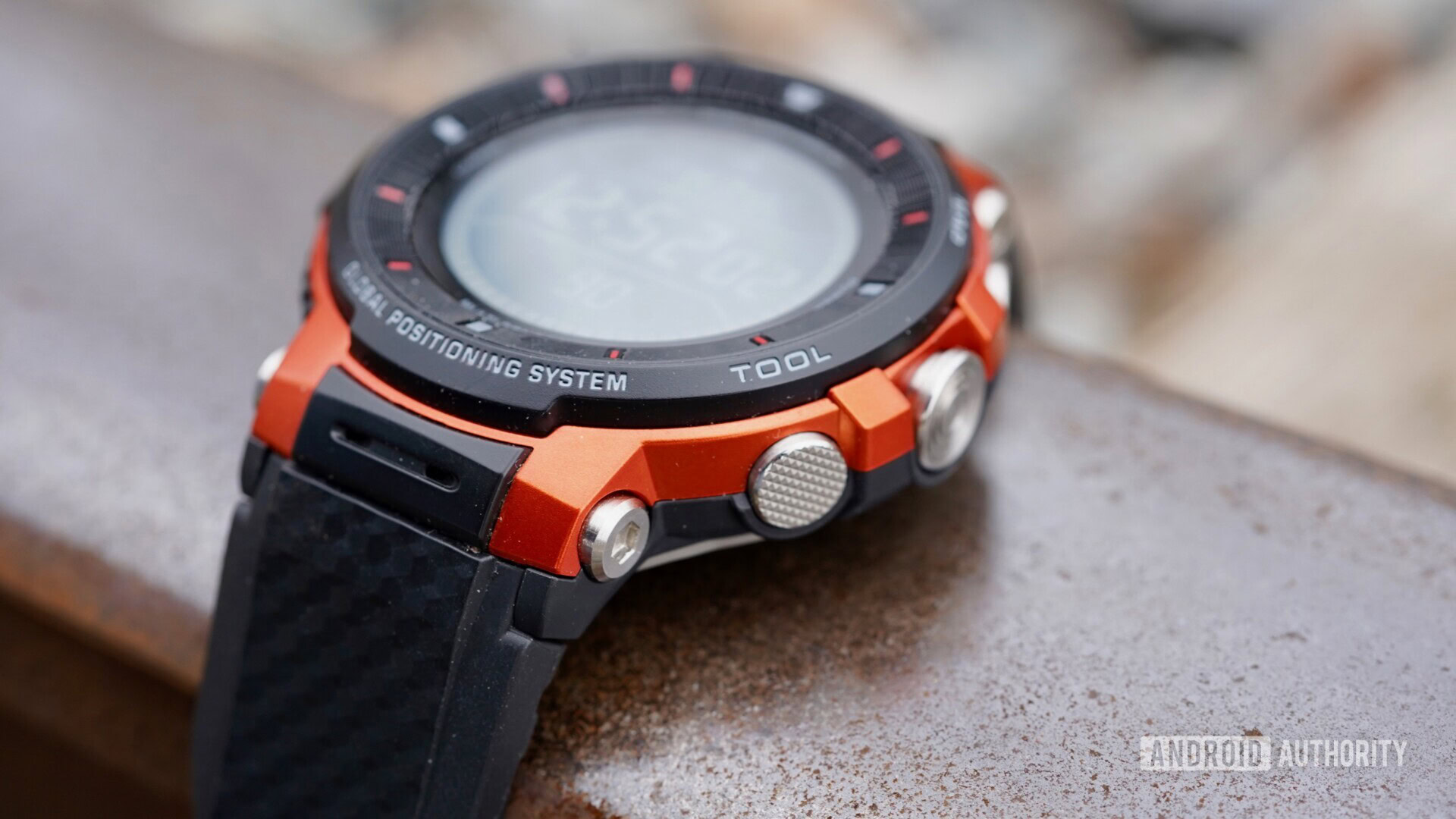
The straps are made of two materials, a soft rubber on the inside and a harder plastic on the outside. I really like that it has 14 (yes, 14!) holes to catch the buckle. This means you can get the sizing exactly right. You can swap the straps out if you wish thanks to the lever near the hinge. I found the F30 comfortable to wear for extended periods of time. You may find that jacket sleeves catch the watch from time to time.
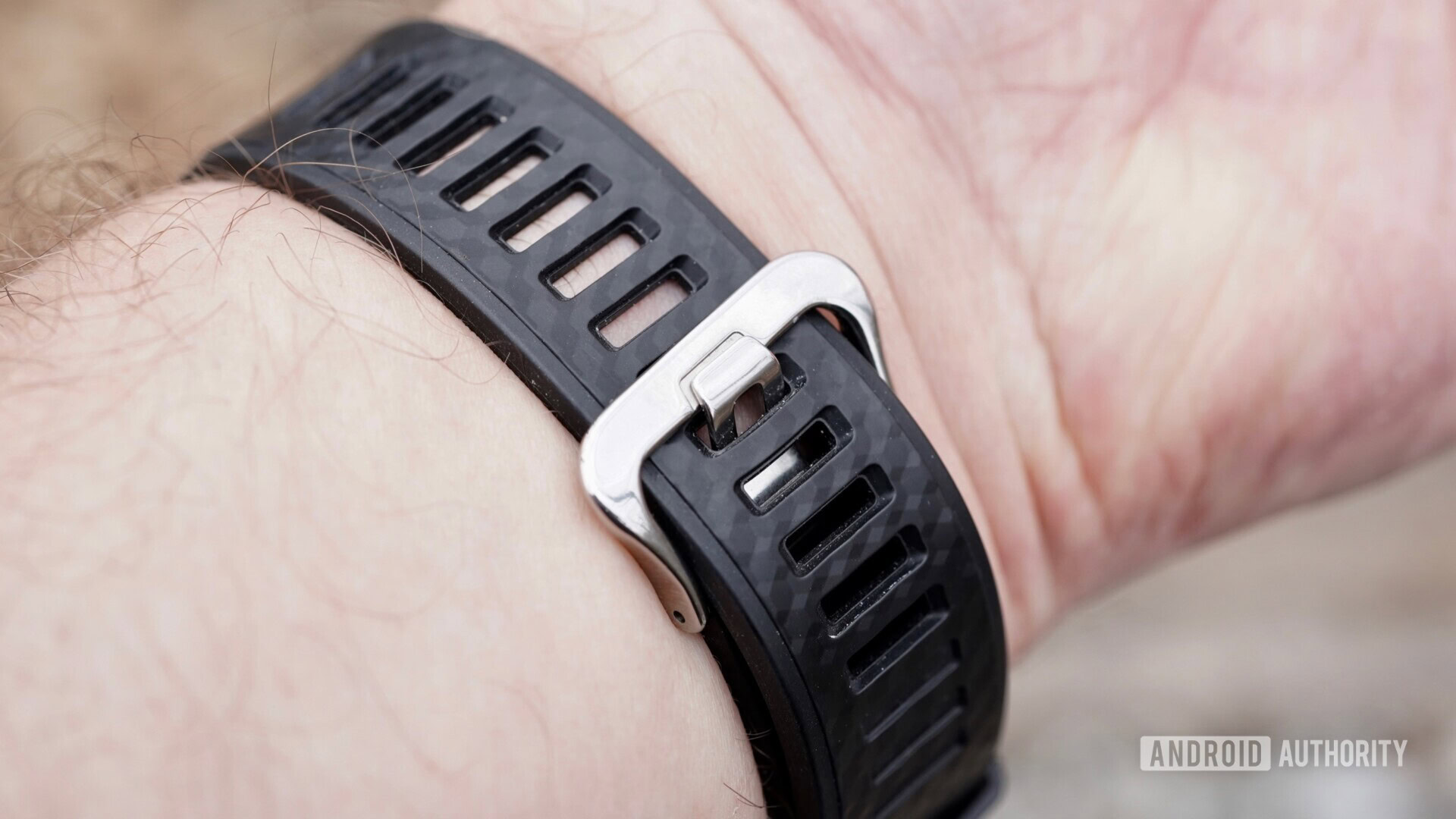
It unapologetically stands out.
As for the hardware’s functionality, the F30 mostly gets things right. My favorite feature is the charger. Yes, Casio uses a proprietary connector to charge the watch, but it’s magnetic and attaches to the watch like the magsafe connectors on Apple laptops. I would normally boo at a proprietary port. Casio’s magnetic charger is cool, though, and attaches / detaches easily.
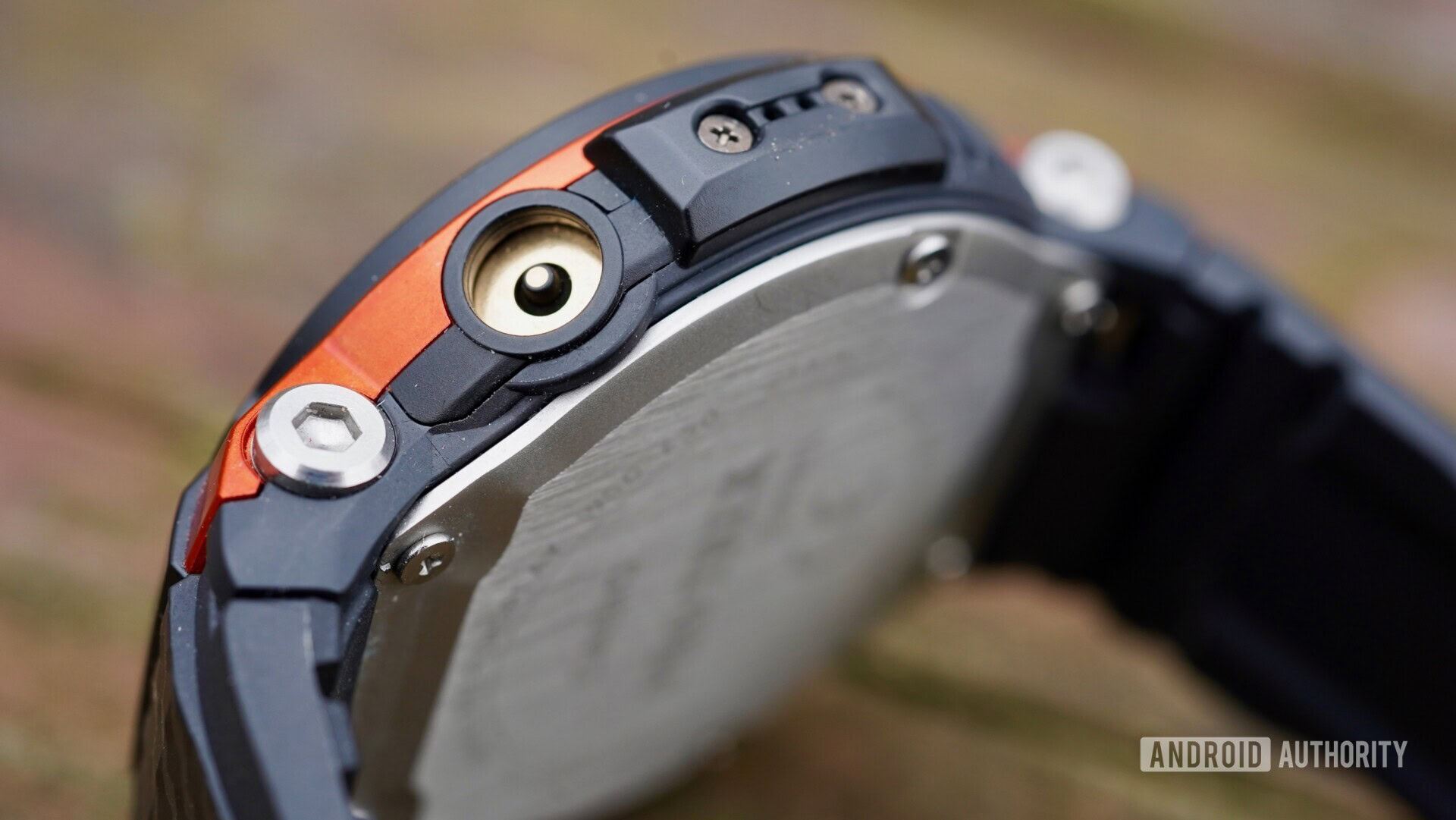
Three huge buttons are on the right side. They are metal colored, though the buttons are actually made of plastic. The central button it the main power button. Pressing it also opens the app drawer and launches Google Assistant. The upper button is dedicated to maps. Pressing it pulls up your location on the screen. The lower button is for the Casio Tool, or the outdoorsy stuff.
I’m just gonna go ahead and say it: These buttons are terrible. You won’t have any problem finding them (even when wearing gloves), but the action is total mush and it’s hard to tell if you’ve even pushed them. Truly, these buttons are bad. The buttons on the older WSD-F20 watch from Casio are perfect. It’s hard to understand how Casio got these so wrong.
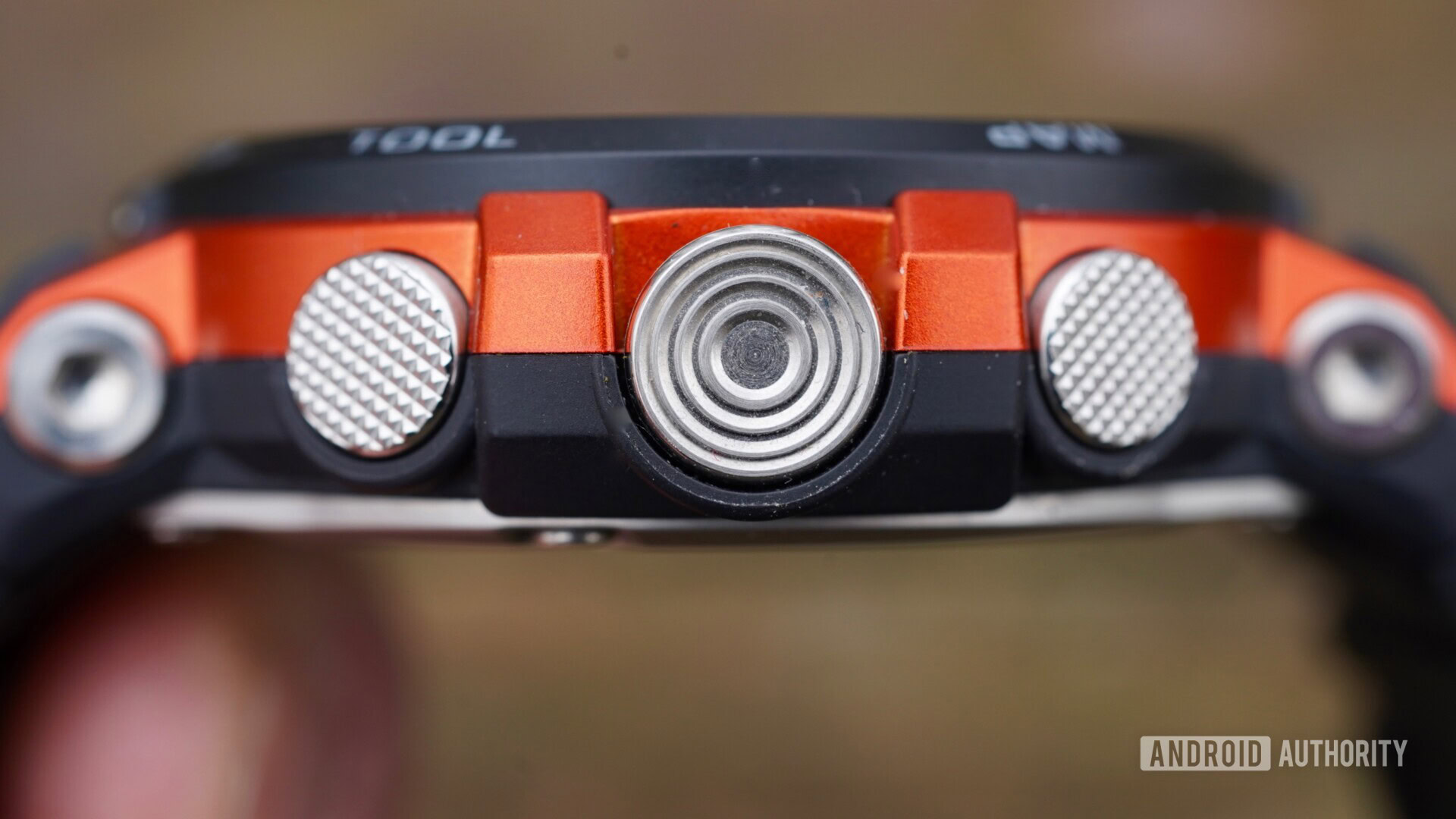
The F30 is not an elegant timepiece to wear to the theater on a Saturday night, and it’s not trying to be. It unapologetically stands out. Some competing fitness watches, such as the Samsung Galaxy Watch Active, strike a better balance between function and form as far as looks go.
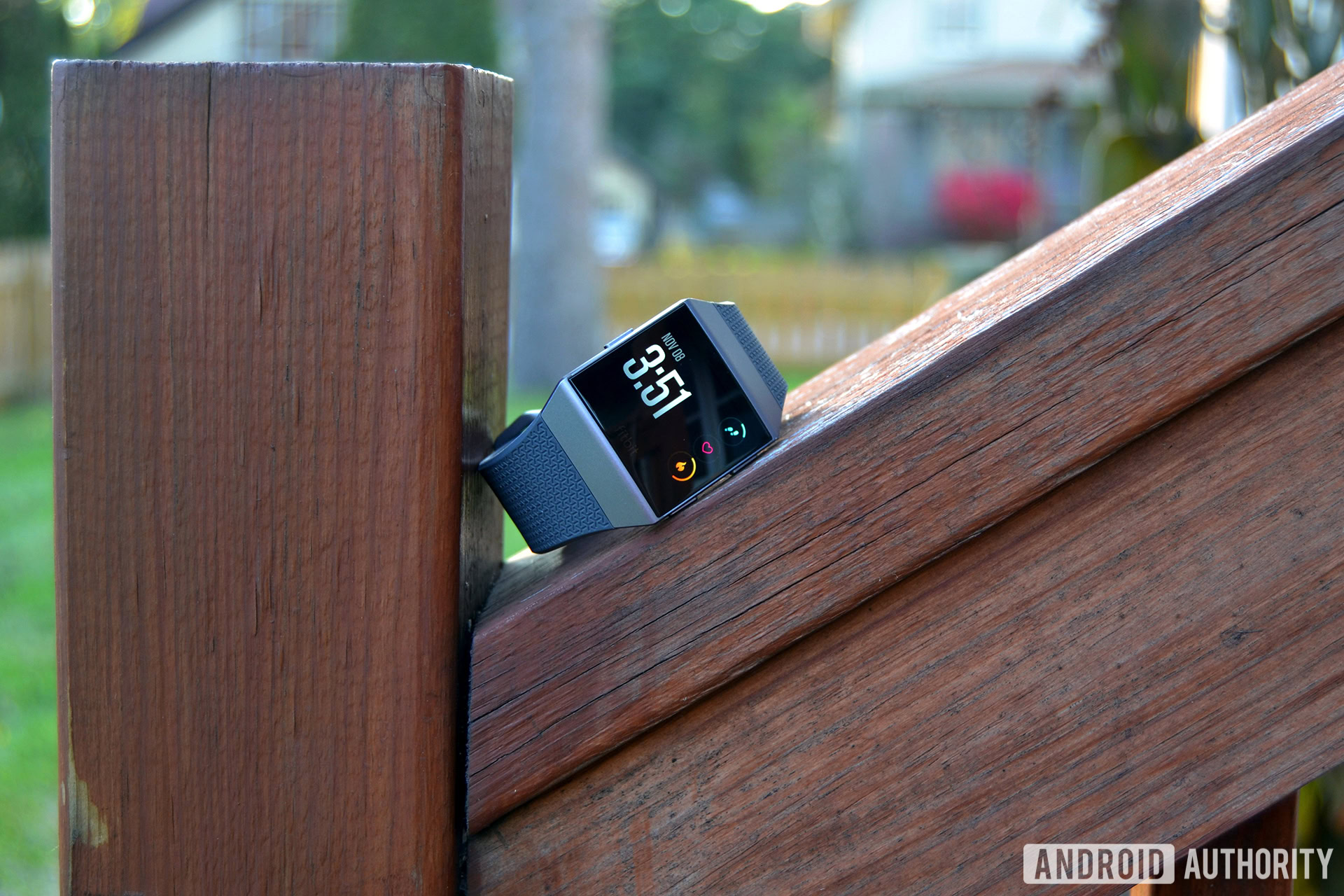
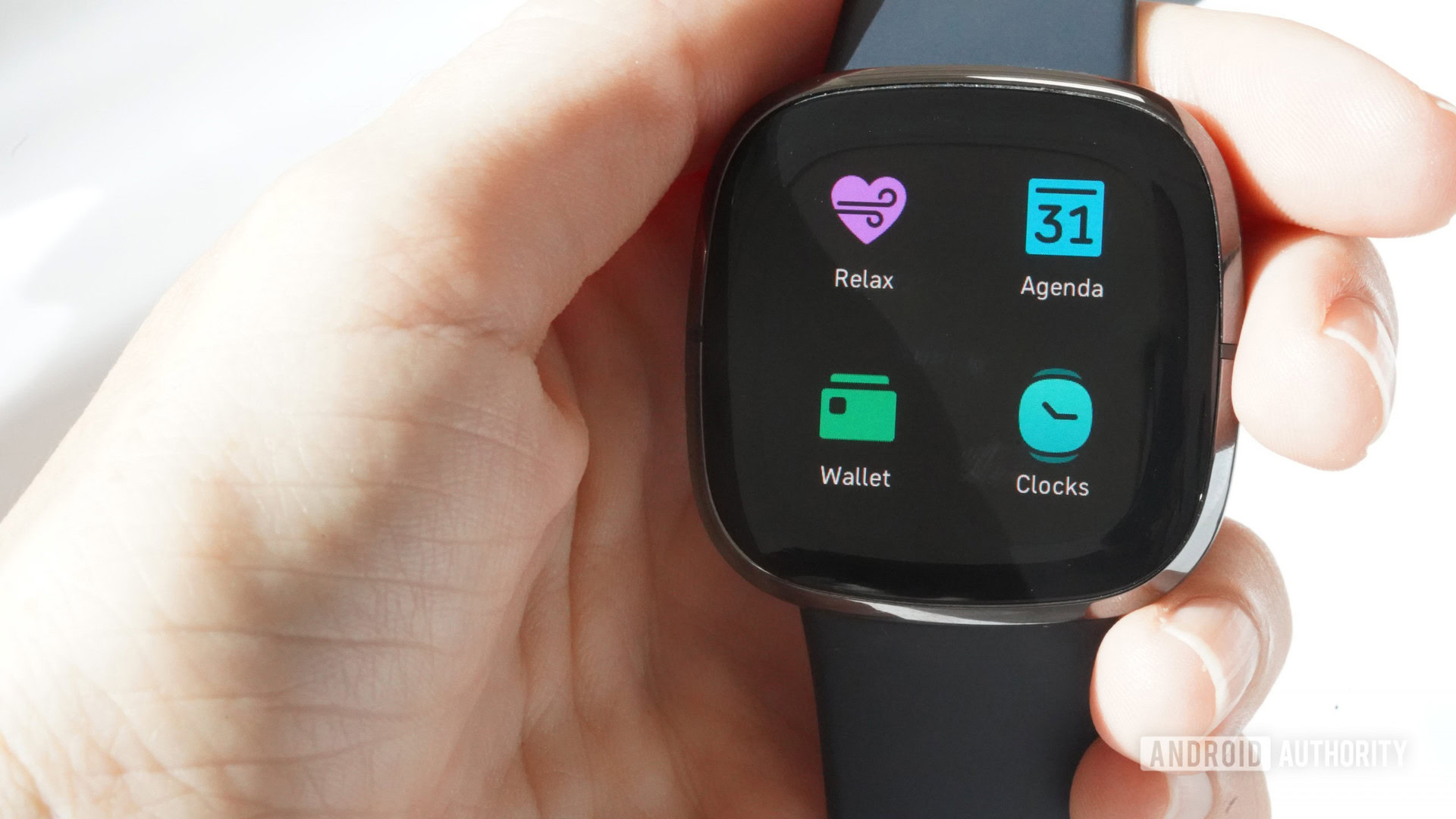
Display
- 1.2-inch OLED
- 1.2-inch LCD (overlaid)
- 390 x 390 pixels, 459ppi
- Circular
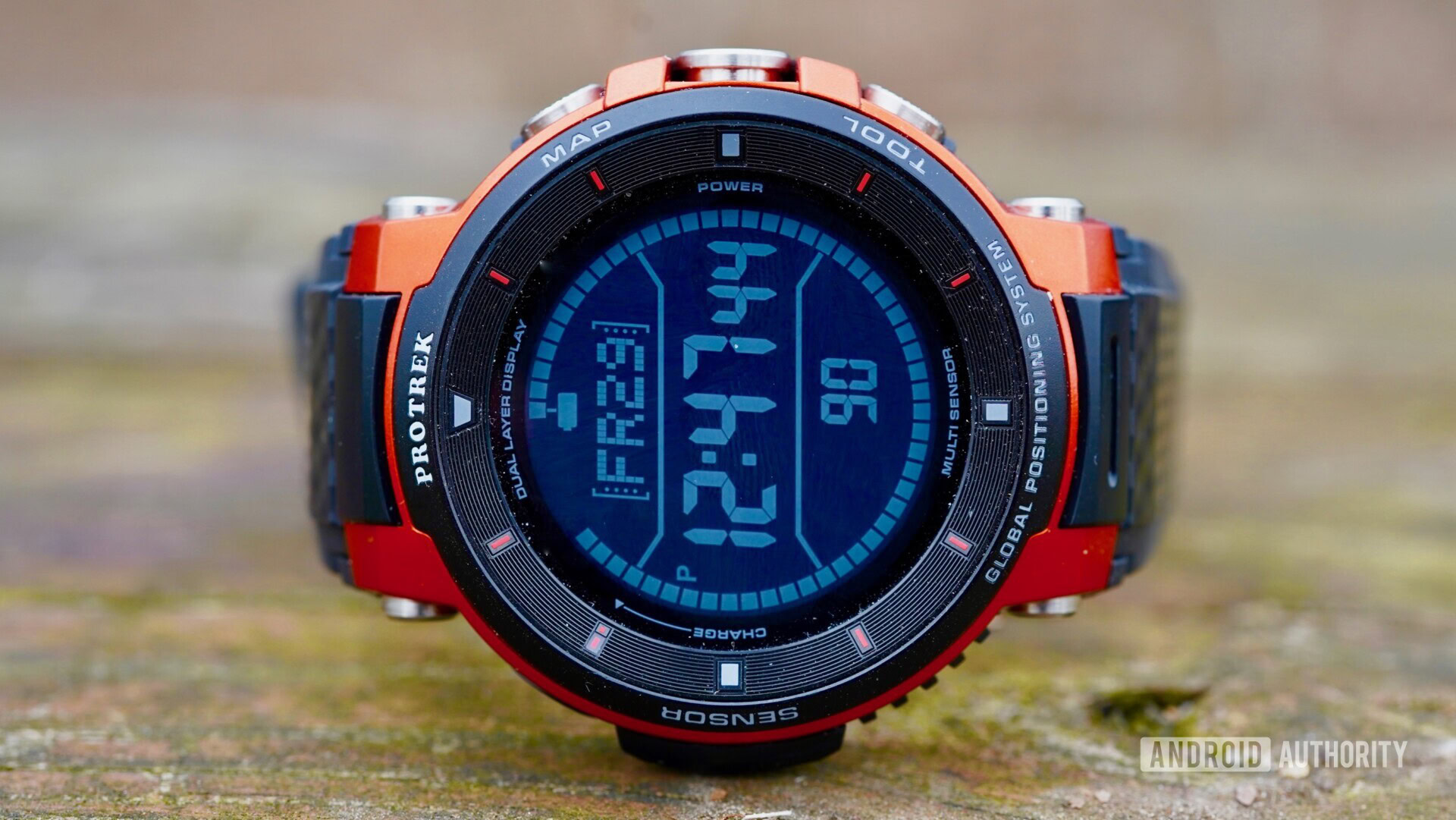
The F30 sports a dual-layer display, allowing you to experience full color during app use and monochrome when simply using it as a watch. It’s a neat idea and helps save battery life in some circumstances.
The main screen is an OLED panel. It looks very good. The pixel density is more than adequate for resolving detail on the display when looking at maps and such. The color looks accurate and isn’t oversaturated. Viewing angles are good, meaning it’s easy to glean the time without fully raising the watch up. It could be a little brighter.
When the monochrome LCD is on, it shows the time, date, battery life, and sensor readings. I found it to be plenty readable outdoors. It, too, has solid viewing angles.
My only real complaint about the screen is the size. At 1.2 inches, it feels cramped when compared to watches with 1.4-inch screens. I wish it were a hair bigger, though I realize that would impact the already-formidable size of the F30.
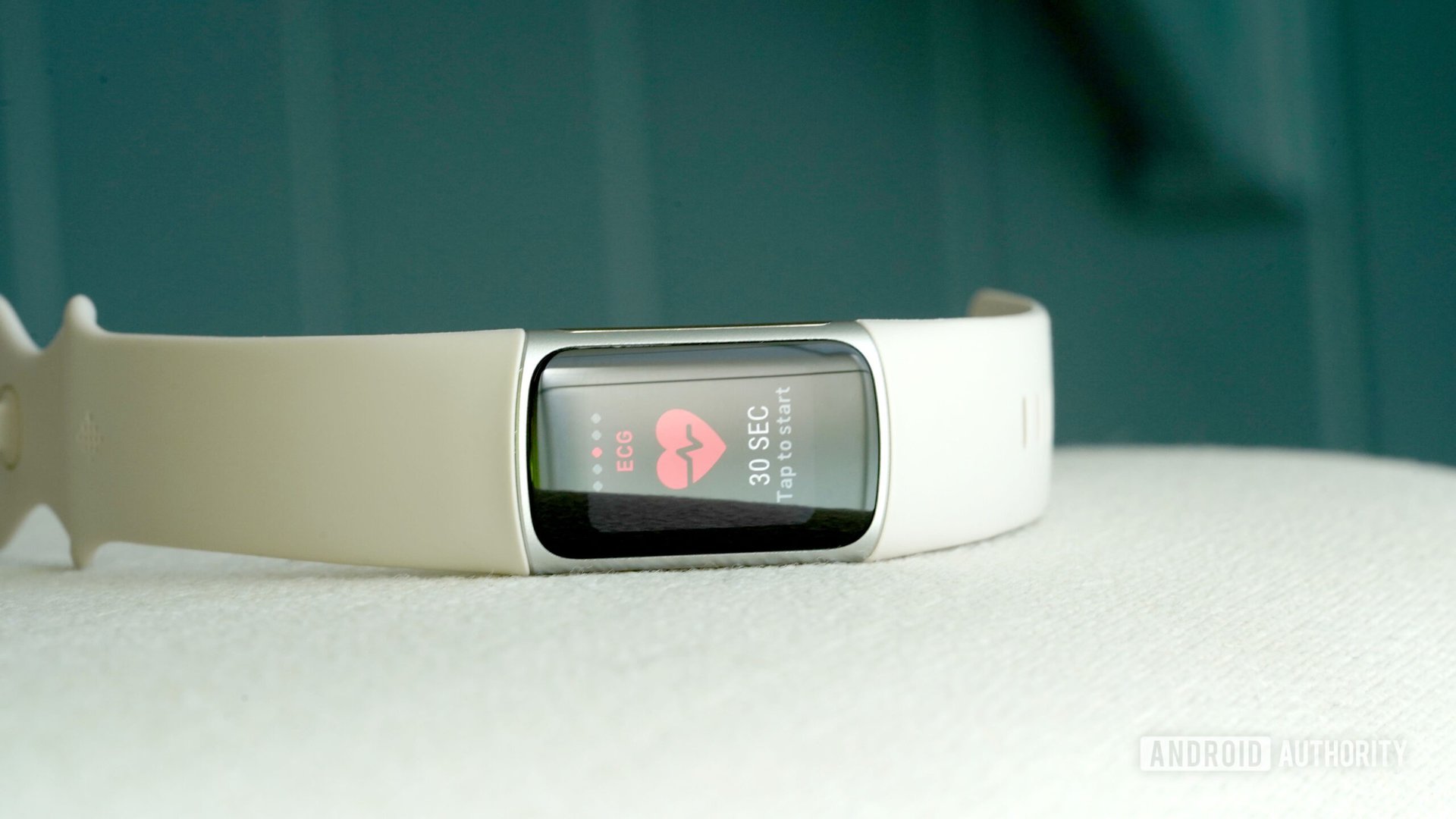
Performance
- Qualcomm Snapdragon 2100
- 512MB RAM
- 4GB storage
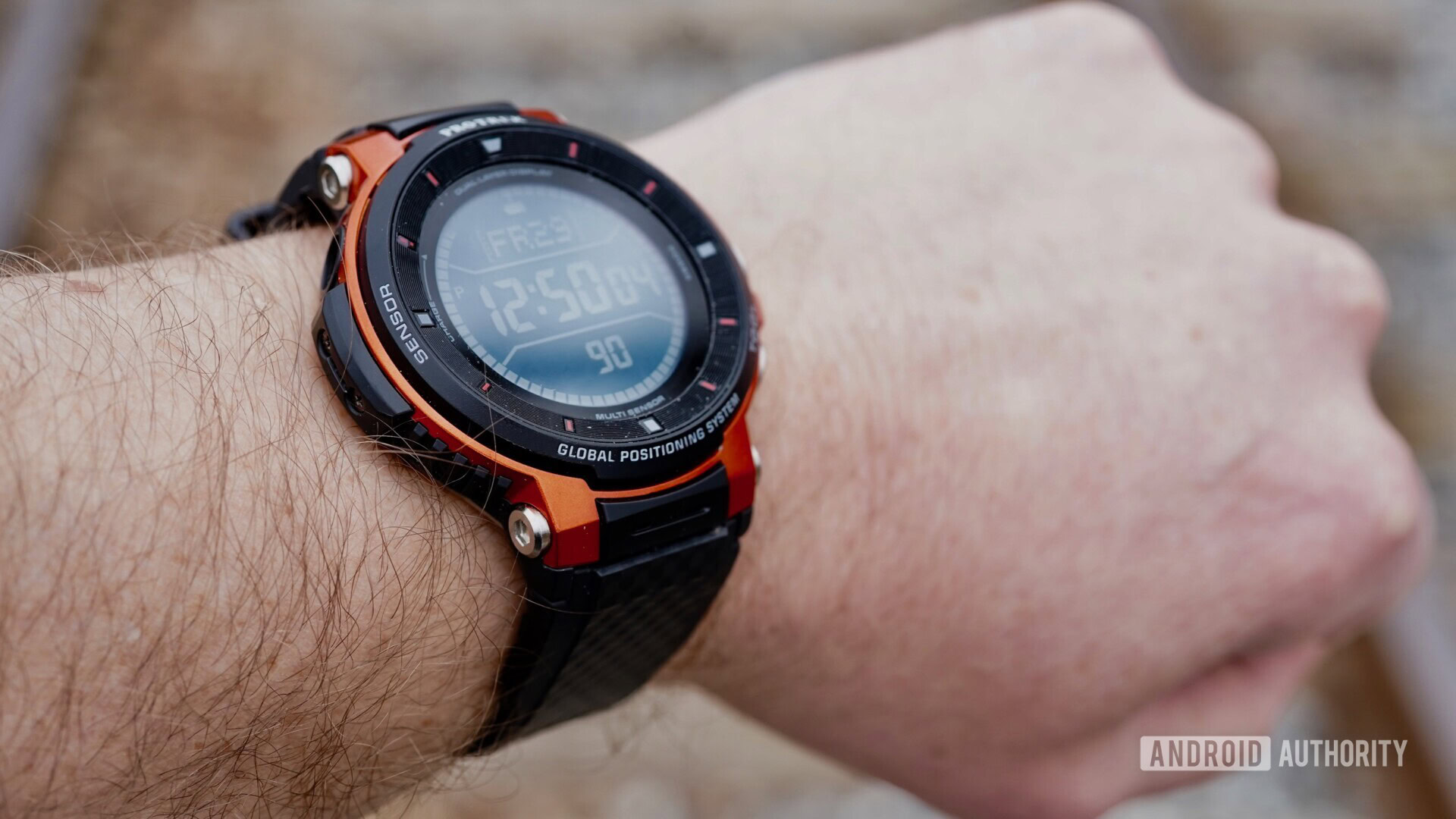
I didn’t run into any performance snafus with the F30. It’s not running the newest or fastest chip in the world, and for the price it should have more memory and more storage. These limitations didn’t appear to impact the watch’s ability to run fluidly or smoothly.
Apps opened surprisingly quickly, and screens such as the app drawer didn’t exhibit any lag when scrolling through. The GPS location is particularly speedy. It can pinpoint you in just a couple of seconds. This is vital for true outdoors folks.
There are tons of sensors inside the F30 and they all functioned as expected. The watch has a magnetometer for finding direction. The compass takes a few minutes to calibrate and might need to be re-calibrated every once in a while. The altimeter measures altitude up to 32,000 feet. I didn’t scale Mt. Everest to test that, but the watch did accurately show me the ups and downs of my favorite local trail. A barometer measures air pressure and can show you trends in the mercury so you can spot possible changes in the weather. The F30 also provides tide and sunrise/sunset data culled from online sources. I really like that you can set your local port for the most accurate tide details.
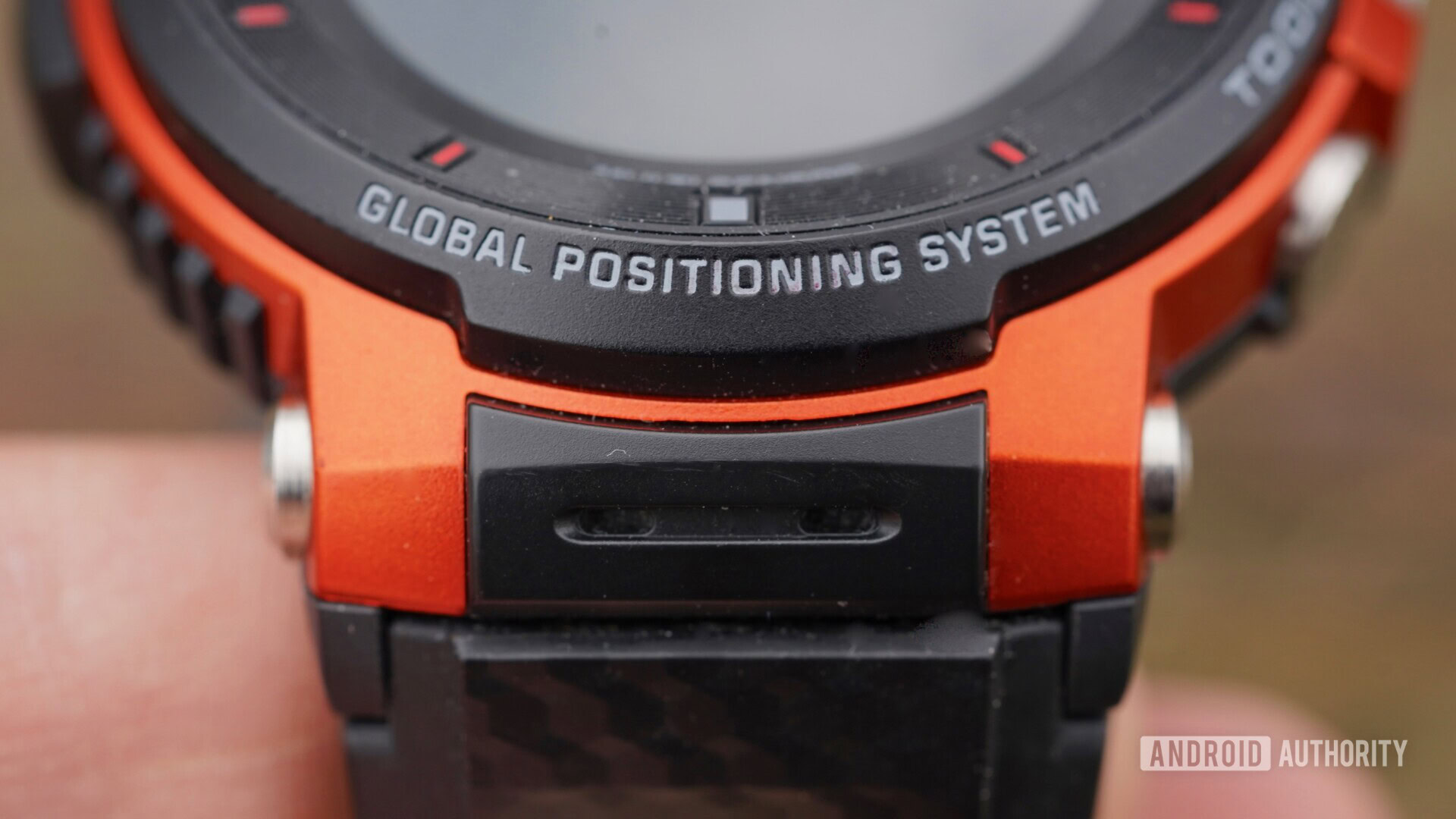
As noted, there’s no heart rate monitor. This watch isn’t the type you wear to bed for sleep cycle tracking, either.
Battery
- Lithium ion
- Casio proprietary charger
Casio isn’t saying what capacity the F30’s battery holds. Whether it’s 300mAh or 400mAh, we simply don’t know. What we do know, however, is how long the battery lasts.
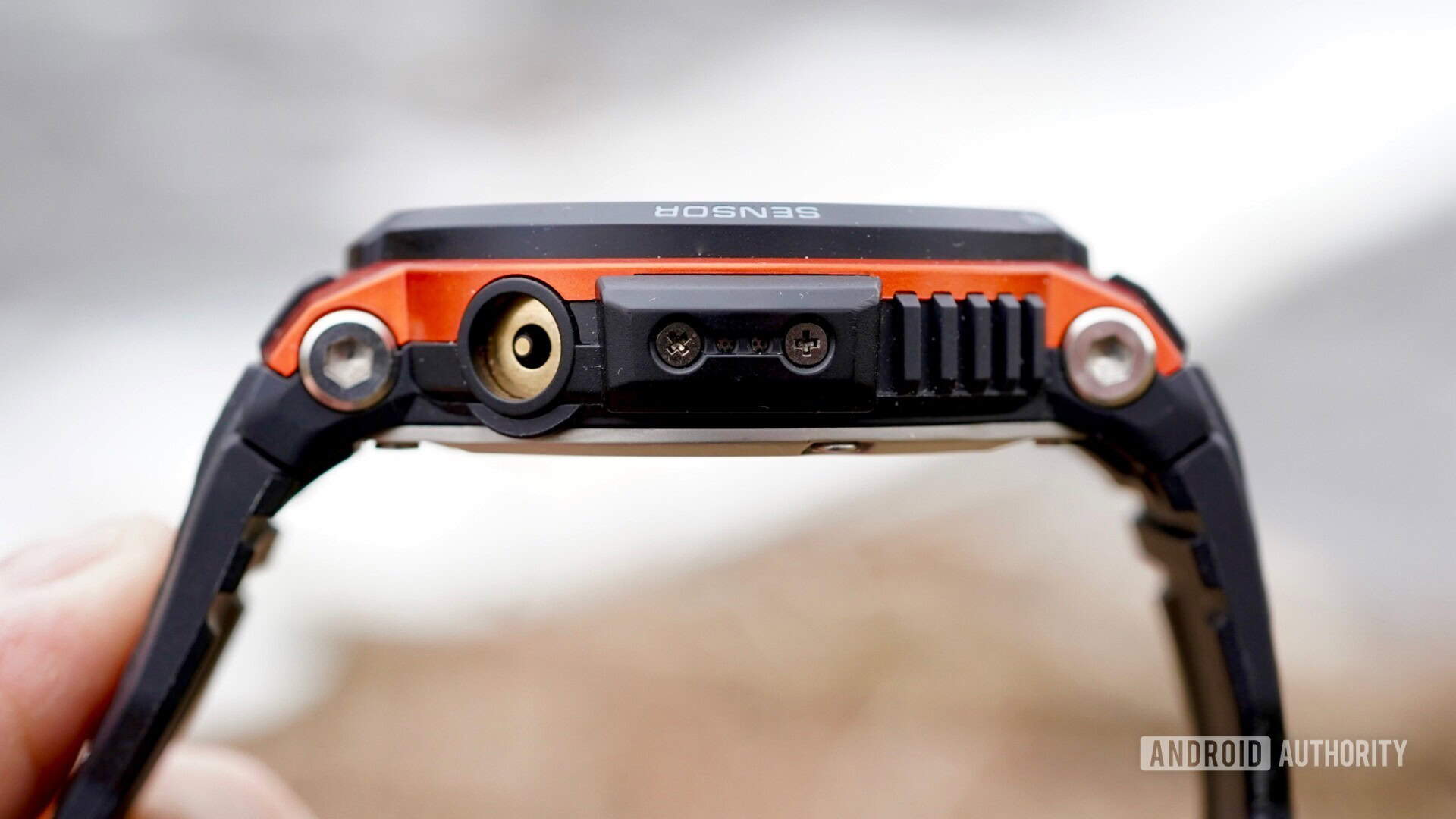
The F30 has three modes of operation as far as the battery is concerned: normal, extend mode, and multi-timepiece mode.
Normal mode is exactly what it means. When using all the features of the watch, including consistent GPS, Bluetooth, and Wi-Fi with the color screen on, you’ll get 1.5 days of battery life. Extensive GPS use may drag that down a bit, but the F30 does consistently last exactly 1.5 days on a single charge.
Extend mode drops the Bluetooth and Wi-Fi connections and makes more aggressive use of the monochrome LCD. Casio says the F30 will last about three days on a charge in extend mode. Casio envisions the watch being used in this manner for a weekend camping. You can still use GPS and see color maps. When testing this mode, the F30 lasted just under three days. It was more like 2.75 days, or from 8am one morning to mid-afternoon on the third day.
You have some degree of control over the battery.
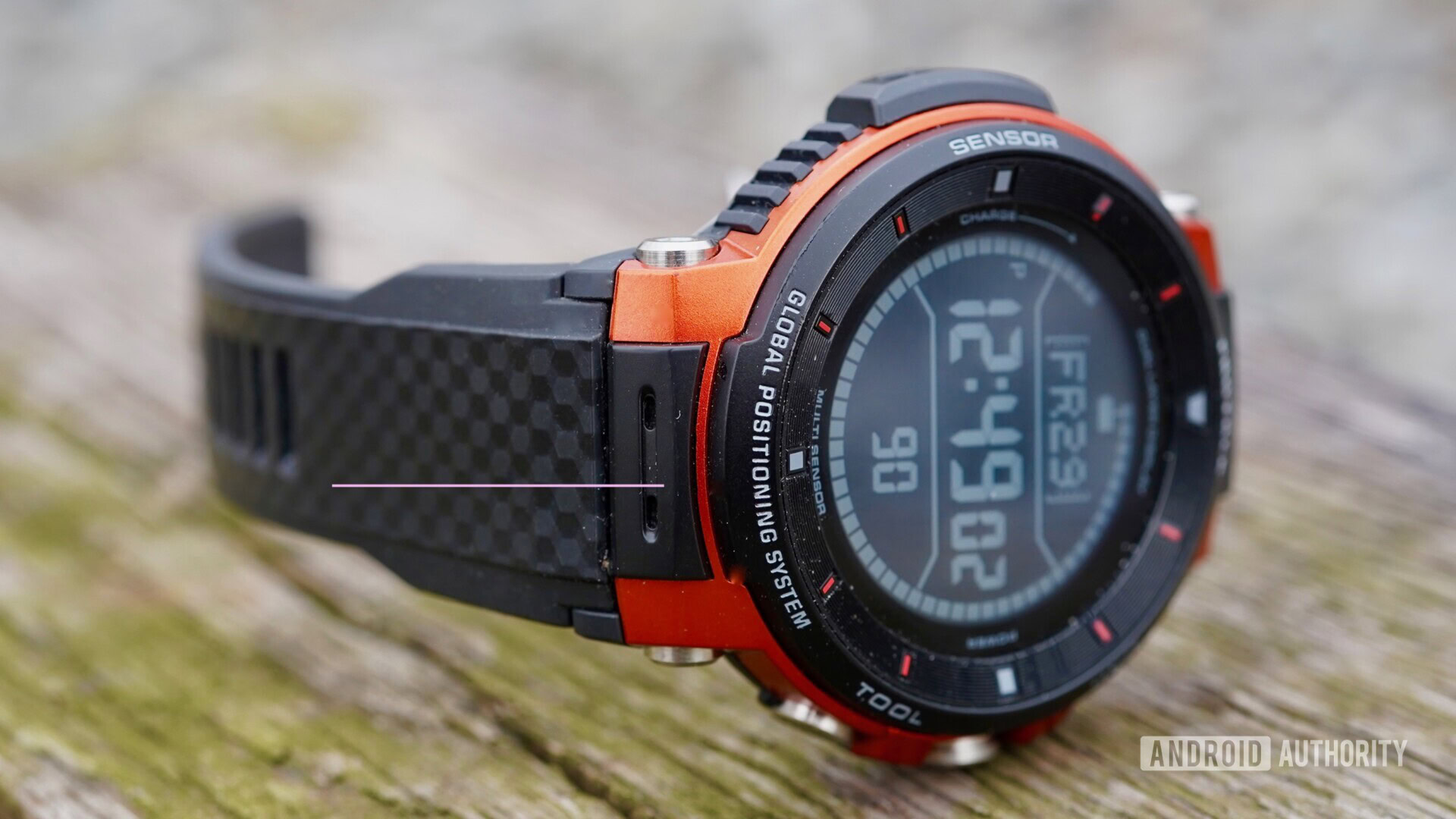
Then there’s multi-timepiece mode, which is the F30 at its most basic. When this mode is on, the watch only displays the time and sensor data on the monochrome LCD. This mode cuts power use by a huge factor, allowing the watch to last up to 30 days on a single charge. I easily got the F30 through a week in this mode and it still had plenty of juice left in the tank.
The bottom line here is that you have some degree of control over the battery. I do wish the watch got two days of normal mode use, but 1.5 isn’t terrible.
Radios
- Bluetooth 4.1
- Wi-Fi
- GPS/GLONASS
Using the watch for several weeks, I was able to assess location performance in urban environments as well as out in the woods. Casio knows how to do GPS. The F30 is a mapping beast. Your pinpointed location is never more than a single button press away. Accuracy is outstanding. In New York City, the F30 was able to show me which side of the street I was on. On the trail, the GPS kept track of a hike perfectly. You can’t ask for better GPS performance.
There's no LTE option.
The F30 connects to your phone via Bluetooth 4.1. Pairing via the Wear OS app on my Pixel 3 XL was easy. Once paired, the watch and phone remained connected as long as they were in range of one another. Range is quite good, covering the full 10m radius from the phone. I didn’t miss any real-time alerts, such as incoming messages, due to a dropped connection. One bummer is that the F30 itself doesn’t support media storage / playback. You can control music playing from your phone via the watch, but you can’t store songs on the watch and listen over Bluetooth headphones. This is a feature many less expensive smartwatches have.
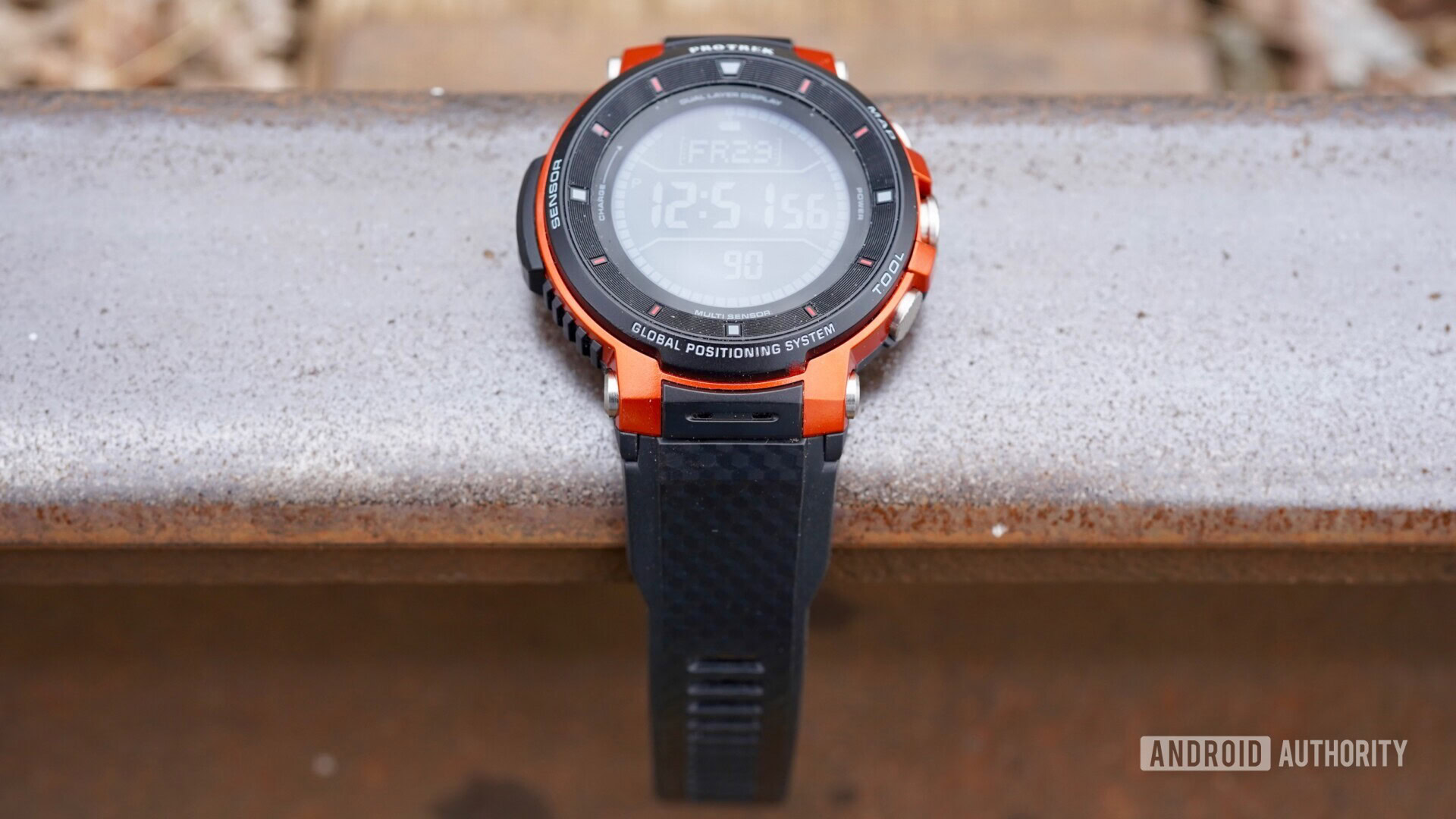
Last, there’s Wi-Fi. The F30 will automatically connect to whatever Wi-Fi network your phone is attached to. This is great when you wander out of Bluetooth range from your phone. It also helps when downloading maps.
There’s no LTE option.
Software
- Wear OS 2.6 by Google
- Casio Moment app
Wear OS gets a bad rap from many and it’s mostly deserved. That said, the latest version thereof is easily the best and most capable. Together with the phone-based Wear OS app, owners of the F30 have plenty of control over the experience. Casio didn’t do too much to change Wear OS, though it did add several of its own tools.
The F30 offers myriad swappable watch faces with quick access to notifications, Assistant, settings, and Google Fit. These are all reached by swiping up, down, left, and right. Wear OS runs smoothly on the watch.
The biggest additions are the map and tool features. As mentioned earlier, a press of the upper button instantly opens Google Maps and pinpoints your location. From this screen, you can zoom in or out, as well as perform searches in the area for nearby coffee shops and such. The point navigation tool is helpful. This lets you drag the map to the place you want to go and get directions to that spot. You can also download up to five maps for offline use. Remember, the GPS radio works everywhere, so downloaded maps will still provide real-time location as you move around. This is clutch for those times you’re deep in the woods and cell signal is nowhere to be found.
The tool app provides access to all your local metrics, including air pressure, direction, elevation, tides, and such. If you need to quickly assess whether or not you’re going to make it out of the woods before dark, the tool app will provide the answer. I like that it is customizable and can be set to show a specific metric first.
The Casio Moment app is meant to help you reach goals. Whether you’re mountain biking or kayaking, the app allows you to set specific targets, such as elevation gains, or distance traveled. These are tied to activities being monitored through the watch, such as trekking or skiing. It is easy enough to walk through the app and set goals. When you’re done, the app catalogs your activity and can export it to a PC if you want to further examine the results. The app is free to download from the Google Play Store, though it is not needed to use the watch.
Specs
| Casio Pro Trek WSD-F30 | |
|---|---|
Display | 1.2-inch color OLED and monochrome LCD 390 x 390 pixels |
Processor | Snapdragon 2100 512MB RAM 4GB storage |
Battery | Lithium-ion |
Materials | Resin Urethane Stainless steel |
Durability | MIL-STD-810G Water resistance to 5ATM |
Sensors and Components | 3-axis accelerometer 3-axis gyroscope Altimeter Microphone Vibration motor Wi-Fi antenna (802.11 b/g/n) Bluetooth 4.1 GPS/GLONASS |
Notifications | Call, text, email, calendar, music, Assistant, etc. |
Compatibility | Android 4.4+ iOS 9.3+ |
Dimensions | 60.5 × 53.8 × 14.9 mm 83g |
Colors | Black, orange, blue |
Value for the money
This is where Casio runs into some trouble. The Casio Pro Trek WSD-F30 costs a sobering $549. I understand that stuffing all these sensors into the waterproof, rugged chassis is no small feat of engineering. The watch can handle all sorts of abuse on the trail, beach, or street. The powerful software allows you to measure incredible amounts of detail concerning your activities.
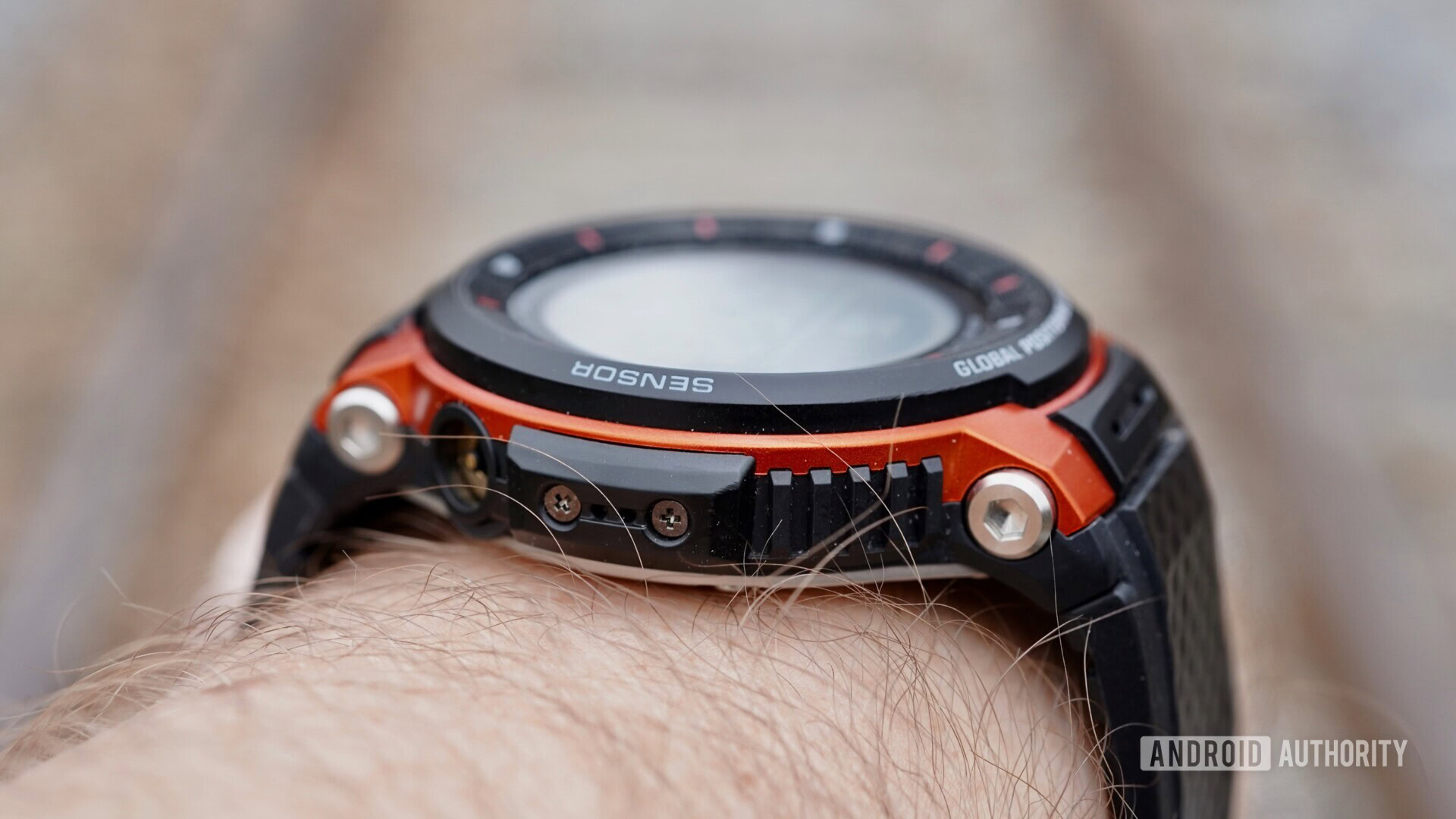
The math is not in Casio's favor.
Sadly, the F30 costs far more than much of its competition. Many Wear OS devices, including some semi-rugged options, hover in the $250 to $350 range. The new Galaxy Watch Active from Samsung is just $199, and the Gear S3 Frontier is only $229. The $549 price point of the F30 far exceeds these. Only a handful of Garmin watches, which focus heavily on GPS features, cost as much as the Casio.
The math is not in Casio’s favor.
Casio Pro Trek WSD-F30: The verdict
The Casio Pro Trek WSD-F30 is a tough sell. There’s no question that the watch is durable and capable. It handled plenty of abuse in various conditions and allows you to collect more data about your activities than most any other watch I’ve encountered. The offline, real-time map and GPS functionality could potentially be a lifesaver, and it’s very accurate. The dual screen design gives you control over battery life, though the watch most often lasts only about 1.5 days per charge. All the radios work very well. I wish the buttons weren’t so mushy. Surely some will be put off by the lack of heart rate monitor.
The Wear OS platform has its limitations, and yet it ran very well on the F30. Moreover, Casio’s dedicated activity apps are powerful and produce real results.
The watch really loses its appeal, however, when you consider the price. You can find watches that are nearly as capable for hundreds of dollars less. As much as it has going for it, I’d only recommend the F30 for die-hard adventurers who really need or want the advanced tracking capabilities. People who are only casually adventurous might be best served by something less expensive.
This concludes our Casio Pro Trek WSD-F30 review. What do you think, will you buy the F30?